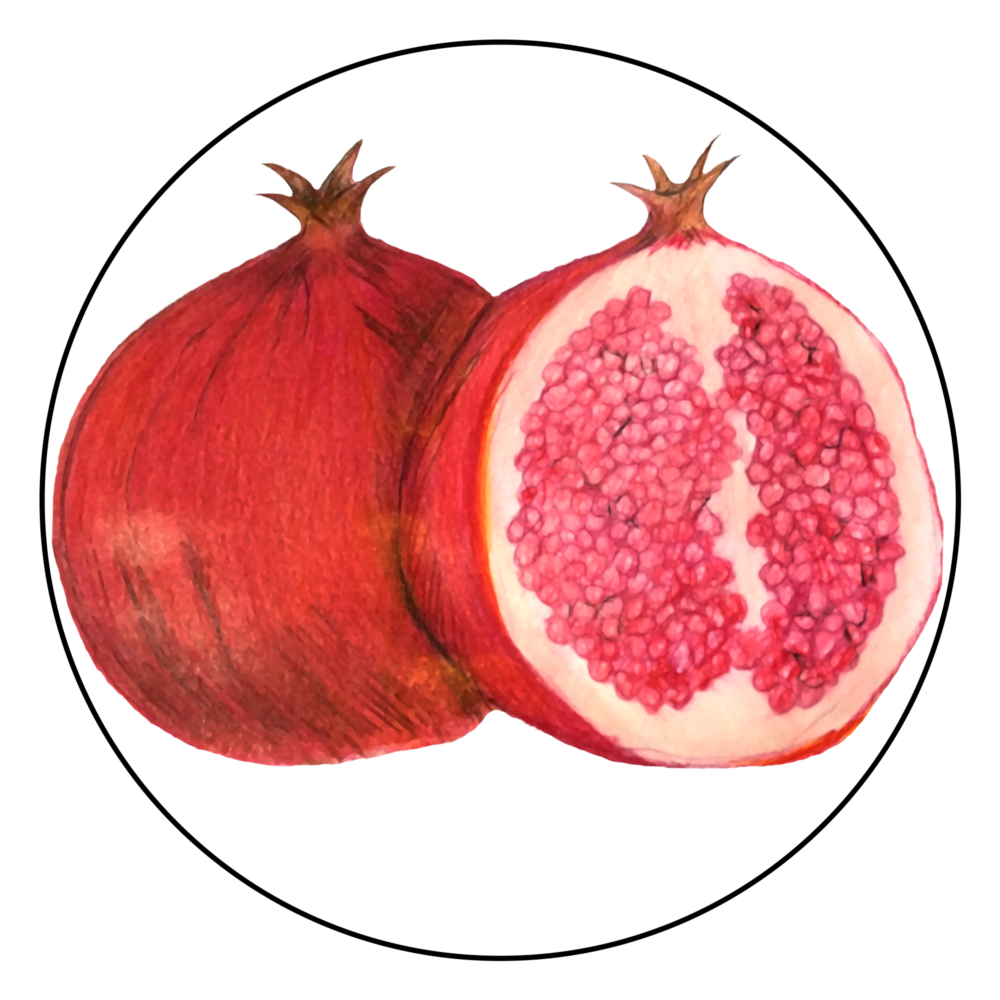Pomegranate is native to Persia (modern day Iran) and the western Himalayas. It and has been cultivated in the Mediterranean for centuries. By the first century AD, pomegranate had migrated as far east as China and Southeast Asia. It is also grown extensively in Korea, Japan, and Latin America, having been introduced there by settlers or traders. It has been widely cultivated throughout India as well as the drier parts of Southeast Asia, the East Indies and tropical Africa.
The pomegranate is a traditional representation for fertility and prosperity. In many cases, the symbolic value of pomegranate is more important than its culinary status. It was celebrated by the Buddha, and was considered one of the three blessed fruits. The fruit was featured in Egyptian mythology and art, praised in the Bible and in the Babylonian Talmud. It is believed that the beautiful Helen of Troy, with a face that launched 1,000 ships, used the juice of the pomegranate as rouge for her cheeks and lips. In Turkish tradition, pomegranate is given to a bride on her wedding day. The bride then crushes the pomegranate. The number of seeds that fall are said to determine the number of children she will conceive.
Turkey is the eighth largest pomegranate producer in the world.
Jason B Graham
Turkish Cuisine
Produce
Fruit
Pomegranate | Nar

